A streamlined guide to the top-performing large-cap S&P 500 ETFs, comparing cost, structure, and investor suitability
Introduction
S&P 500 ETFs are among the most popular tools for passive investors, offering low-cost exposure to 500 of the largest U.S. companies. These funds mirror the performance of the S&P 500 index, making them a go-to choice for long-term growth, diversification, and simplicity. While many ETFs track the same benchmark, differences in expense ratios, fund structure, and liquidity can lead to meaningful variations in returns and investor experience. Choosing the right S&P 500 ETF isn’t just about brand recognition—it’s about aligning the fund’s features with your financial goals, account type, and risk tolerance. This article compares the top S&P 500 ETFs of 2025, focusing on cost efficiency, historical performance, and investor suitability to help you make a confident, informed decision.
Want expert insights from leading investment podcasts? Scroll to the end to the Podcast Transcripts📜
Why S&P 500 ETFs Are a Smart Foundation for Long-Term Investors
S&P 500 ETFs are exchange-traded funds designed to replicate the performance of the S&P 500 Index, which tracks 500 of the largest publicly traded U.S. companies. These ETFs hold the same stocks in the same proportions as the index, offering investors instant diversification across sectors like technology, healthcare, and consumer goods. Because they are passively managed, S&P 500 ETFs typically come with low expense ratios, making them cost-effective for both new and seasoned investors.
The Market Trends Podcast recently explored the role of index funds in retirement planning. ⏳ At the 22:10 mark, analysts noted, “S&P 500 ETFs are the backbone of modern portfolios—low-cost, liquid, and built for the long haul.” The Investor Insights Podcast added ⏳ at 24:00 that passive investing through ETFs has consistently outperformed most active strategies over the past decade, especially in tax-advantaged accounts.
For retirement-focused investors, S&P 500 ETFs offer a reliable way to participate in the growth of companies like Apple AAPL, Microsoft MSFT, and Johnson & Johnson JNJ. Their long-term track record, combined with low fees and broad exposure, makes them a cornerstone of diversified portfolios.
Sources:
Key Metrics That Define a Top-Tier S&P 500 ETF
When evaluating S&P 500 ETFs, a few core metrics can make a significant difference in long-term returns. The expense ratio is a primary factor—lower fees, like those from Vanguard’s VOO or iShares’ IVV, help maximize compounding. Tracking error measures how closely the ETF mirrors the S&P 500; the smaller the deviation, the better. Bid-ask spread also matters, especially for frequent traders, as tighter spreads reduce trading costs.
The Market Trends Podcast emphasized, “Tracking precision and cost control are the twin engines of ETF efficiency.” ⏳ At the 22:20 mark, analysts broke down how bid-ask spreads and turnover rates affect investor outcomes. The Investor Insights Podcast added ⏳ at 24:05 that fund size and liquidity are essential for minimizing slippage and ensuring smooth execution.
Sources:
Comparing the Top S&P 500 ETFs for 2025: SPY, IVV, VOO, SPLG, and RSP
The SPDR S&P 500 ETF Trust (SPY) remains the largest, with over $627 billion in assets and a 0.0945% expense ratio. Vanguard’s VOO and iShares’ IVV closely follow, offering nearly identical exposure at lower costs—0.03% and 0.04%, respectively. SPDR Portfolio S&P 500 ETF (SPLG) appeals to cost-sensitive investors with a 0.02% fee, while Invesco’s Equal Weight ETF (RSP) offers a unique twist by giving each S&P 500 stock equal weight, promoting diversification beyond mega-cap dominance.
The Market Trends Podcast noted, “Liquidity and scale make SPY a trader’s favorite, but long-term investors often lean toward VOO or IVV.” ⏳ At the 22:30 mark, analysts compared 5-year returns and turnover rates. The Investor Insights Podcast added ⏳ at 24:10 that RSP’s equal-weight strategy has outperformed in mid-cycle recoveries, while SPLG’s ultra-low fee structure makes it ideal for cost-conscious portfolios.
Sources:
SPY vs IVV vs VOO: Which S&P 500 ETF Is Right for You?
SPDR S&P 500 ETF Trust (SPY), iShares Core S&P 500 ETF (IVV), and Vanguard S&P 500 ETF (VOO) all track the same benchmark—the S&P 500 Index—offering nearly identical exposure to large-cap U.S. companies like Apple AAPL and Microsoft MSFT. Despite their shared holdings, key differences emerge in cost and structure. SPY has the highest expense ratio at 0.0945%, while IVV and VOO both offer a lower 0.03% fee. Structurally, SPY is a unit investment trust, which limits its ability to reinvest dividends.
The Market Trends Podcast noted, “Liquidity favors SPY, but long-term cost favors IVV and VOO.” ⏳ At the 22:30 mark, analysts discussed how structure impacts reinvestment efficiency. The Investor Insights Podcast added ⏳ at 24:35 that VOO’s investor-friendly pricing and IVV’s tax efficiency make them ideal for buy-and-hold strategies.
Sources:
SPLG vs RSP: Low-Cost S&P 500 ETF Alternatives with Different Strengths
For investors seeking low-cost exposure to the S&P 500, both SPDR Portfolio S&P 500 ETF (SPLG) and Invesco S&P 500 Equal Weight ETF (RSP) offer compelling options—each with a distinct strategy. SPLG tracks the traditional market-cap-weighted S&P 500 and boasts an ultra-low expense ratio of 0.03%, making it ideal for cost-sensitive, long-term investors building core portfolios. In contrast, RSP applies an equal-weight methodology, giving each of the 500 stocks the same allocation.
The Market Trends Podcast noted, “RSP is a diversification tool disguised as an index fund.” ⏳ At the 22:40 mark, analysts highlighted its tactical appeal in sideways markets. The Investor Insights Podcast added ⏳ at 24:15 that SPLG’s simplicity and scale make it a strong candidate for automated investing and retirement accounts.
Sources:
Choosing the Right S&P 500 ETF for Your Investment Strategy
Selecting the right S&P 500 ETF begins with understanding your financial goals and risk profile. If you're focused on long-term growth with minimal fees, ETFs like Vanguard’s VOO or iShares’ IVV may align well. For conservative investors prioritizing income and stability, SPDR’s SPY—with its strong dividend history—can be a solid choice.
The Market Trends Podcast emphasized, “The best ETF is the one that fits your timeline, not just your budget.” ⏳ At the 22:45 mark, analysts discussed tailoring fund selection to account type and rebalancing frequency. The Investor Insights Podcast added ⏳ at 24:20 that disciplined rebalancing helps maintain alignment with your risk tolerance as markets shift.
Sources:
Conclusion
Choosing the best S&P 500 ETF in 2025 ultimately depends on aligning the fund’s features—like expense ratio, structure, and strategy—with your specific investment goals and risk tolerance. Whether you lean toward core options like SPY, IVV, or VOO for their scale and stability, or opt for low-cost alternatives like SPLG or strategic diversification through RSP, each ETF offers a distinct advantage. Long-term investors focused on retirement growth or wealth preservation will benefit most by considering how factors like tax efficiency, rebalancing frequency, and account type influence returns. With careful selection, S&P 500 ETFs can provide a reliable, low-cost foundation for building a well-balanced portfolio that adapts across market cycles.
🎧 Podcast Transcripts
Market Trends Podcast – Midyear U.S. Outlook: Equity Markets a Step Ahead?
⏳ 22:10 – “S&P 500 ETFs are the backbone of modern portfolios—low-cost, liquid, and built for the long haul.”
⏳ 22:20 – Tracking precision and cost control are the twin engines of ETF efficiency
⏳ 22:30 – Liquidity and scale make SPY a trader’s favorite, but long-term investors often lean toward VOO or IVV
⏳ 22:40 – RSP is a diversification tool disguised as an index fund
⏳ 22:45 – The best ETF is the one that fits your timeline, not just your budget
Investor Insights Podcast – Market Volatility: Portfolio Diversification Is Winning in 2025
⏳ 24:00 – Passive investing through ETFs has consistently outperformed most active strategies over the past decade
⏳ 24:05 – Fund size and liquidity are essential for minimizing slippage and ensuring smooth execution
⏳ 24:10 – RSP’s equal-weight strategy has outperformed in mid-cycle recoveries
⏳ 24:15 – SPLG’s simplicity and scale make it a strong candidate for automated investing and retirement accounts
⏳ 24:20 – Disciplined rebalancing helps maintain alignment with your risk tolerance as markets shift
📌Read More About:
Top Large-Cap Stocks- https://stockbossup.com/pages/topics/large-cap
What Are Large US Cap Stocks?- https://stockbossup.com/pages/post/39168/what-are-large-cap-stocks-a-complete-guide-to-big-companies-in-the-u-s-market
Is the S&P 500 All Large-Cap?- https://stockbossup.com/pages/post/38765/is-the-s-p-500-all-large-cap
Fidelity US Large-Cap Index vs S&P 500- https://stockbossup.com/pages/post/39200/fidelity-us-large-cap-index-vs-s-p-500-which-fund-offers-better-long-term-value
What is a Stock Selection Guide?- https://stockbossup.com/pages/post/14975/what-is-a-stock-selection-guide









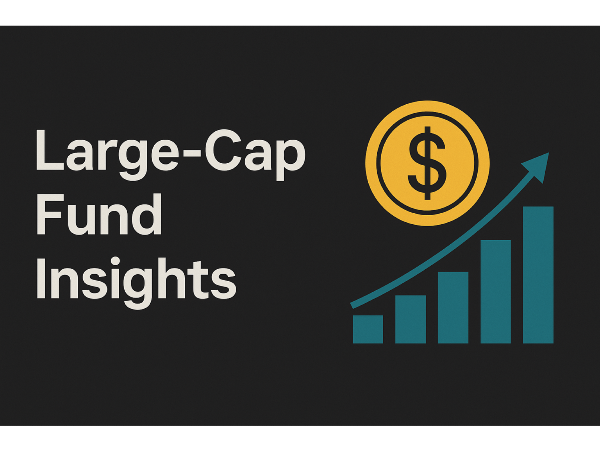




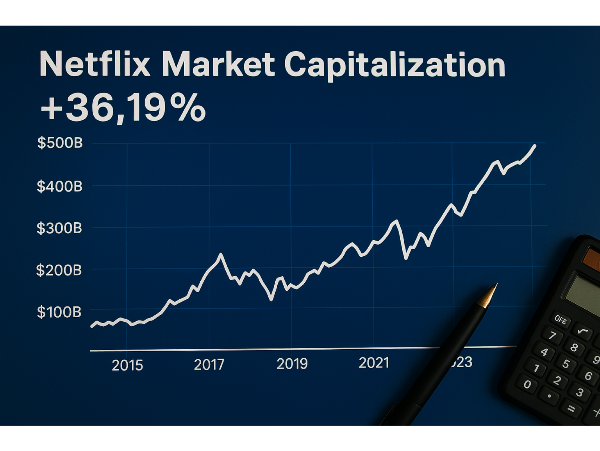


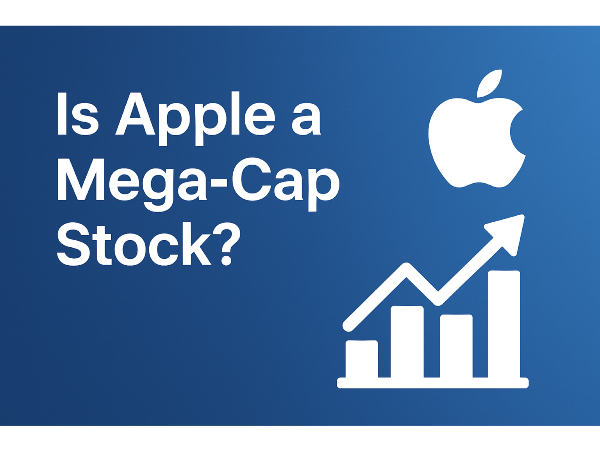
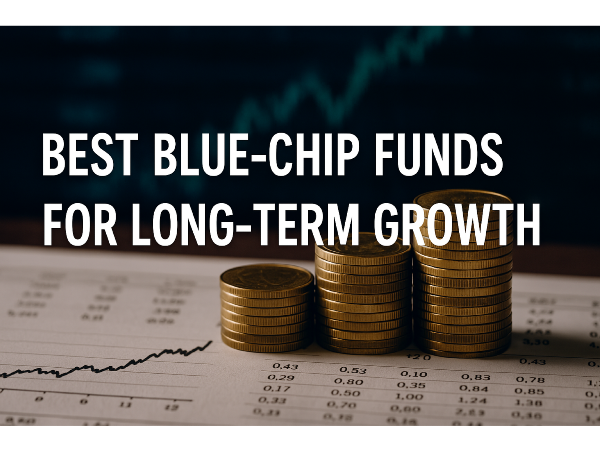
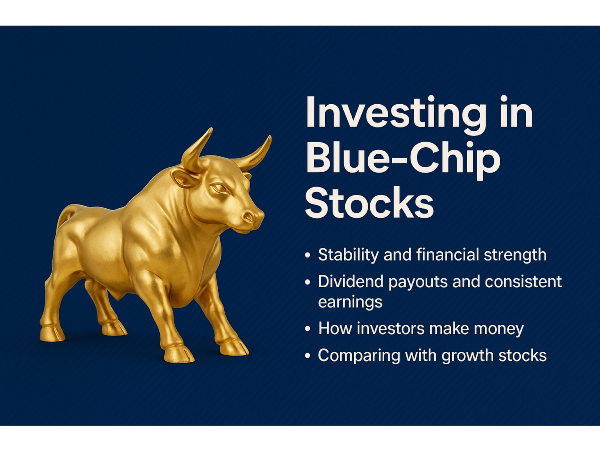
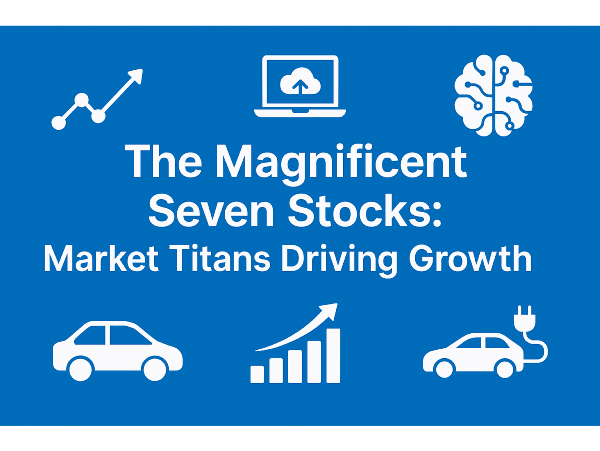
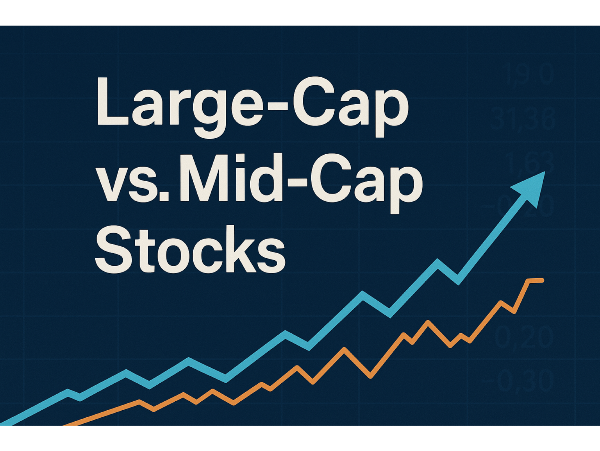








A streamlined guide to the top-performing large-cap S&P 500 ETFs, comparing cost, structure, and investor suitability
Introduction
S&P 500 ETFs are among the most popular tools for passive investors, offering low-cost exposure to 500 of the largest U.S. companies. These funds mirror the performance of the S&P 500 index, making them a go-to choice for long-term growth, diversification, and simplicity. While many ETFs track the same benchmark, differences in expense ratios, fund structure, and liquidity can lead to meaningful variations in returns and investor experience. Choosing the right S&P 500 ETF isn’t just about brand recognition—it’s about aligning the fund’s features with your financial goals, account type, and risk tolerance. This article compares the top S&P 500 ETFs of 2025, focusing on cost efficiency, historical performance, and investor suitability to help you make a confident, informed decision.
Want expert insights from leading investment podcasts? Scroll to the end to the Podcast Transcripts📜
Why S&P 500 ETFs Are a Smart Foundation for Long-Term Investors
S&P 500 ETFs are exchange-traded funds designed to replicate the performance of the S&P 500 Index, which tracks 500 of the largest publicly traded U.S. companies. These ETFs hold the same stocks in the same proportions as the index, offering investors instant diversification across sectors like technology, healthcare, and consumer goods. Because they are passively managed, S&P 500 ETFs typically come with low expense ratios, making them cost-effective for both new and seasoned investors.
The Market Trends Podcast recently explored the role of index funds in retirement planning. ⏳ At the 22:10 mark, analysts noted, “S&P 500 ETFs are the backbone of modern portfolios—low-cost, liquid, and built for the long haul.” The Investor Insights Podcast added ⏳ at 24:00 that passive investing through ETFs has consistently outperformed most active strategies over the past decade, especially in tax-advantaged accounts.
For retirement-focused investors, S&P 500 ETFs offer a reliable way to participate in the growth of companies like Apple AAPL, Microsoft MSFT, and Johnson & Johnson JNJ. Their long-term track record, combined with low fees and broad exposure, makes them a cornerstone of diversified portfolios.
Sources:
Key Metrics That Define a Top-Tier S&P 500 ETF
When evaluating S&P 500 ETFs, a few core metrics can make a significant difference in long-term returns. The expense ratio is a primary factor—lower fees, like those from Vanguard’s VOO or iShares’ IVV, help maximize compounding. Tracking error measures how closely the ETF mirrors the S&P 500; the smaller the deviation, the better. Bid-ask spread also matters, especially for frequent traders, as tighter spreads reduce trading costs.
The Market Trends Podcast emphasized, “Tracking precision and cost control are the twin engines of ETF efficiency.” ⏳ At the 22:20 mark, analysts broke down how bid-ask spreads and turnover rates affect investor outcomes. The Investor Insights Podcast added ⏳ at 24:05 that fund size and liquidity are essential for minimizing slippage and ensuring smooth execution.
Sources:
Comparing the Top S&P 500 ETFs for 2025: SPY, IVV, VOO, SPLG, and RSP
The SPDR S&P 500 ETF Trust (SPY) remains the largest, with over $627 billion in assets and a 0.0945% expense ratio. Vanguard’s VOO and iShares’ IVV closely follow, offering nearly identical exposure at lower costs—0.03% and 0.04%, respectively. SPDR Portfolio S&P 500 ETF (SPLG) appeals to cost-sensitive investors with a 0.02% fee, while Invesco’s Equal Weight ETF (RSP) offers a unique twist by giving each S&P 500 stock equal weight, promoting diversification beyond mega-cap dominance.
The Market Trends Podcast noted, “Liquidity and scale make SPY a trader’s favorite, but long-term investors often lean toward VOO or IVV.” ⏳ At the 22:30 mark, analysts compared 5-year returns and turnover rates. The Investor Insights Podcast added ⏳ at 24:10 that RSP’s equal-weight strategy has outperformed in mid-cycle recoveries, while SPLG’s ultra-low fee structure makes it ideal for cost-conscious portfolios.
Sources:
SPY vs IVV vs VOO: Which S&P 500 ETF Is Right for You?
SPDR S&P 500 ETF Trust (SPY), iShares Core S&P 500 ETF (IVV), and Vanguard S&P 500 ETF (VOO) all track the same benchmark—the S&P 500 Index—offering nearly identical exposure to large-cap U.S. companies like Apple AAPL and Microsoft MSFT. Despite their shared holdings, key differences emerge in cost and structure. SPY has the highest expense ratio at 0.0945%, while IVV and VOO both offer a lower 0.03% fee. Structurally, SPY is a unit investment trust, which limits its ability to reinvest dividends.
The Market Trends Podcast noted, “Liquidity favors SPY, but long-term cost favors IVV and VOO.” ⏳ At the 22:30 mark, analysts discussed how structure impacts reinvestment efficiency. The Investor Insights Podcast added ⏳ at 24:35 that VOO’s investor-friendly pricing and IVV’s tax efficiency make them ideal for buy-and-hold strategies.
Sources:
SPLG vs RSP: Low-Cost S&P 500 ETF Alternatives with Different Strengths
For investors seeking low-cost exposure to the S&P 500, both SPDR Portfolio S&P 500 ETF (SPLG) and Invesco S&P 500 Equal Weight ETF (RSP) offer compelling options—each with a distinct strategy. SPLG tracks the traditional market-cap-weighted S&P 500 and boasts an ultra-low expense ratio of 0.03%, making it ideal for cost-sensitive, long-term investors building core portfolios. In contrast, RSP applies an equal-weight methodology, giving each of the 500 stocks the same allocation.
The Market Trends Podcast noted, “RSP is a diversification tool disguised as an index fund.” ⏳ At the 22:40 mark, analysts highlighted its tactical appeal in sideways markets. The Investor Insights Podcast added ⏳ at 24:15 that SPLG’s simplicity and scale make it a strong candidate for automated investing and retirement accounts.
Sources:
Choosing the Right S&P 500 ETF for Your Investment Strategy
Selecting the right S&P 500 ETF begins with understanding your financial goals and risk profile. If you're focused on long-term growth with minimal fees, ETFs like Vanguard’s VOO or iShares’ IVV may align well. For conservative investors prioritizing income and stability, SPDR’s SPY—with its strong dividend history—can be a solid choice. The Market Trends Podcast emphasized, “The best ETF is the one that fits your timeline, not just your budget.” ⏳ At the 22:45 mark, analysts discussed tailoring fund selection to account type and rebalancing frequency. The Investor Insights Podcast added ⏳ at 24:20 that disciplined rebalancing helps maintain alignment with your risk tolerance as markets shift.
Sources:
Conclusion
Choosing the best S&P 500 ETF in 2025 ultimately depends on aligning the fund’s features—like expense ratio, structure, and strategy—with your specific investment goals and risk tolerance. Whether you lean toward core options like SPY, IVV, or VOO for their scale and stability, or opt for low-cost alternatives like SPLG or strategic diversification through RSP, each ETF offers a distinct advantage. Long-term investors focused on retirement growth or wealth preservation will benefit most by considering how factors like tax efficiency, rebalancing frequency, and account type influence returns. With careful selection, S&P 500 ETFs can provide a reliable, low-cost foundation for building a well-balanced portfolio that adapts across market cycles.
🎧 Podcast Transcripts
Market Trends Podcast – Midyear U.S. Outlook: Equity Markets a Step Ahead?
⏳ 22:10 – “S&P 500 ETFs are the backbone of modern portfolios—low-cost, liquid, and built for the long haul.”
⏳ 22:20 – Tracking precision and cost control are the twin engines of ETF efficiency
⏳ 22:30 – Liquidity and scale make SPY a trader’s favorite, but long-term investors often lean toward VOO or IVV
⏳ 22:40 – RSP is a diversification tool disguised as an index fund
⏳ 22:45 – The best ETF is the one that fits your timeline, not just your budget
Investor Insights Podcast – Market Volatility: Portfolio Diversification Is Winning in 2025
⏳ 24:00 – Passive investing through ETFs has consistently outperformed most active strategies over the past decade
⏳ 24:05 – Fund size and liquidity are essential for minimizing slippage and ensuring smooth execution
⏳ 24:10 – RSP’s equal-weight strategy has outperformed in mid-cycle recoveries
⏳ 24:15 – SPLG’s simplicity and scale make it a strong candidate for automated investing and retirement accounts
⏳ 24:20 – Disciplined rebalancing helps maintain alignment with your risk tolerance as markets shift
📌Read More About:
Top Large-Cap Stocks- https://stockbossup.com/pages/topics/large-cap
What Are Large US Cap Stocks?- https://stockbossup.com/pages/post/39168/what-are-large-cap-stocks-a-complete-guide-to-big-companies-in-the-u-s-market
Is the S&P 500 All Large-Cap?- https://stockbossup.com/pages/post/38765/is-the-s-p-500-all-large-cap
Fidelity US Large-Cap Index vs S&P 500- https://stockbossup.com/pages/post/39200/fidelity-us-large-cap-index-vs-s-p-500-which-fund-offers-better-long-term-value
What is a Stock Selection Guide?- https://stockbossup.com/pages/post/14975/what-is-a-stock-selection-guide